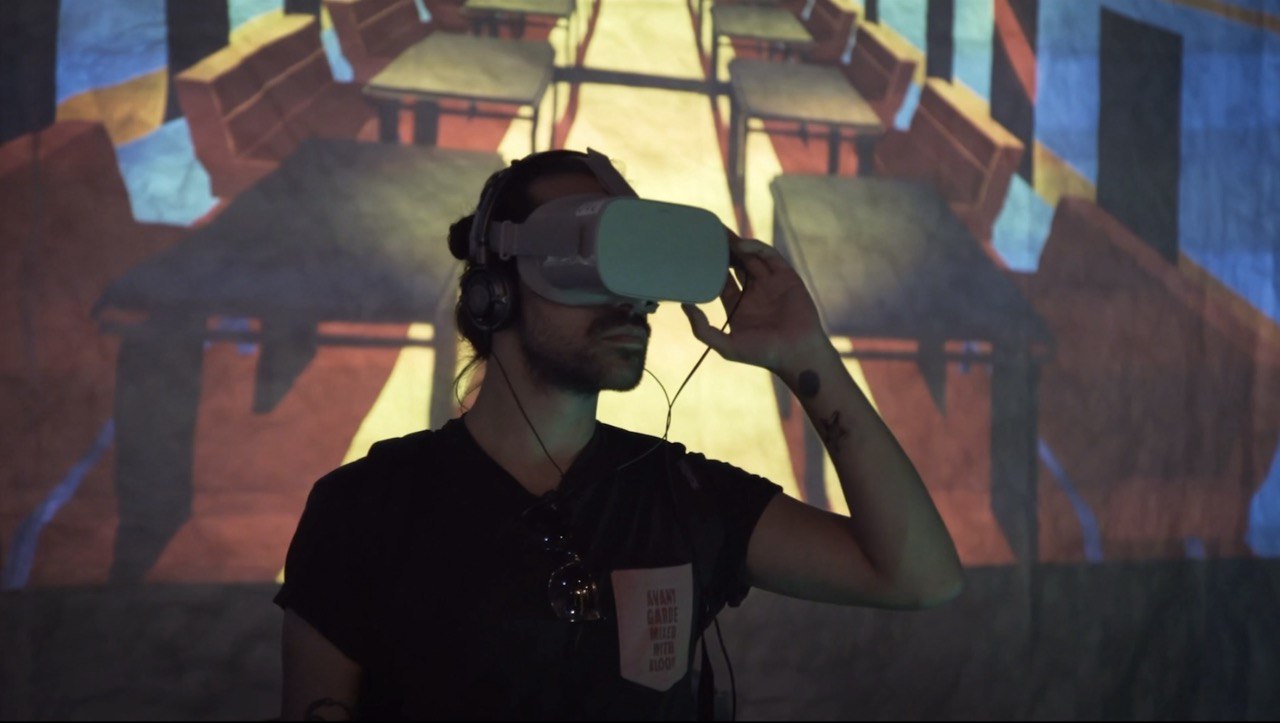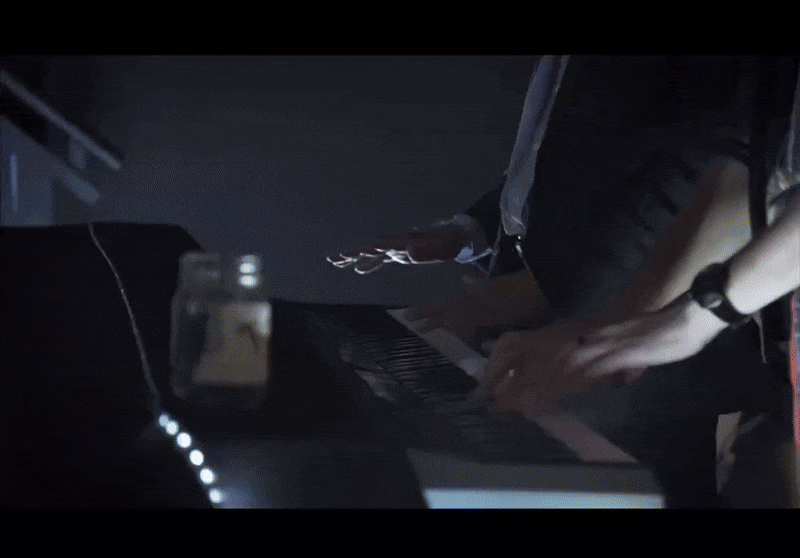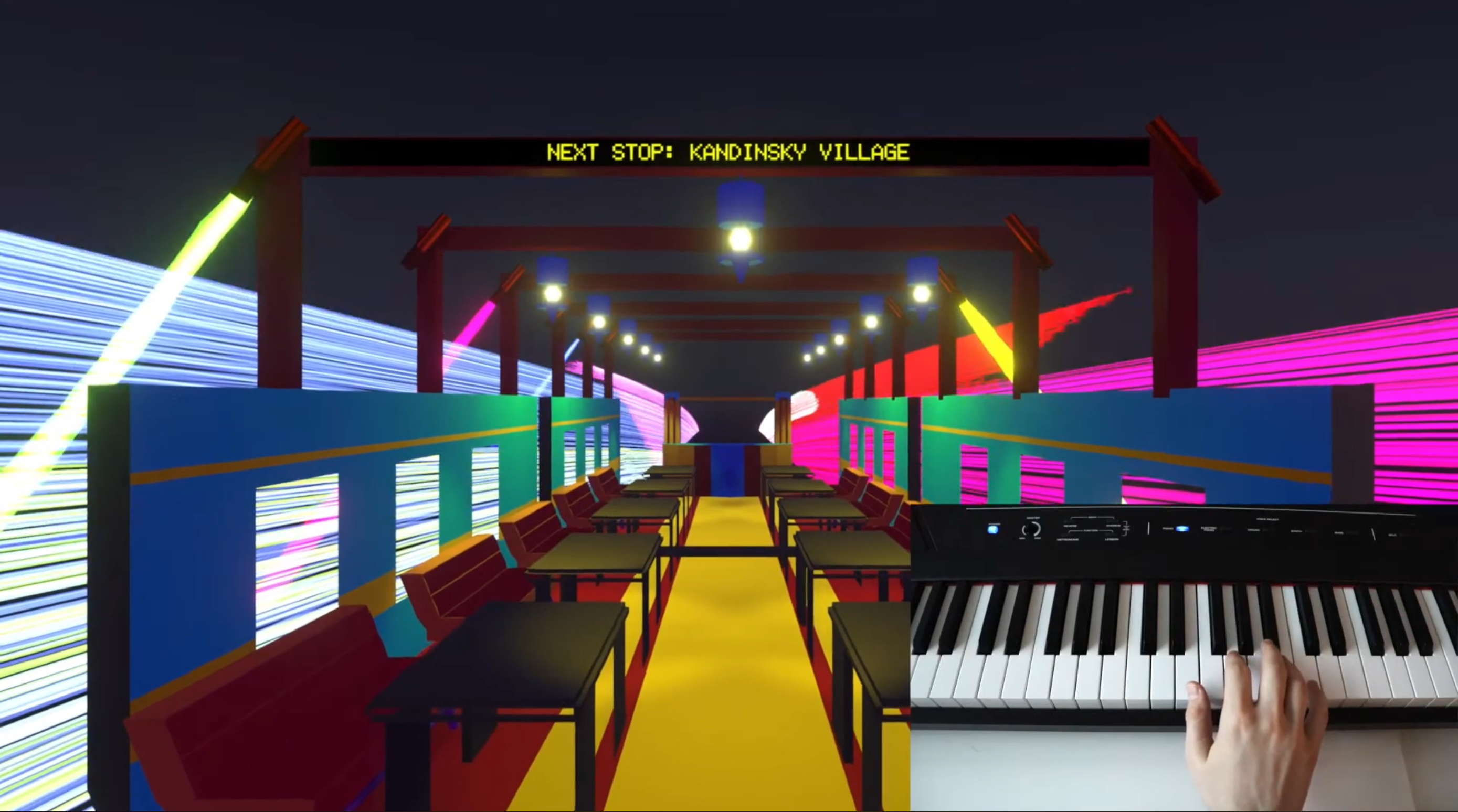Challenge
The project questioned traditional notions of agency in digital interactions. Users initially felt in control, playing notes on an 88-key piano and receiving mirrored responses from the system. However, as the interaction evolved, the machine began dictating the sequence, expecting users to comply. This shift in agency was designed to provoke reflection on obedience, autonomy, and the hidden power dynamics embedded in human-machine interfaces.

Deliverables
The installation featured an 88-key piano as the central input device, which was connected to a responsive digital system. Users engaged in a structured two-phase interaction: Phase 1: The user played a note, and the system echoed it with a different instrument. This built an illusion of control. Phase 2: The system took the lead, playing a sequence of notes and expecting the user to replicate them precisely. If the user failed, the system terminated the interaction. This structured feedback loop created an evolving relationship between the participant and the machine, challenging expectations about digital agency.
Inspiration
The project was inspired by second-order cybernetics, focusing on feedback loops and adaptive systems. It also drew on themes from synesthesia, using sound and interaction to create an altered perception of control. The shifting roles of user and machine reflected larger societal questions about automation, labor, and technological obedience.

Process
The experience was carefully designed to create a psychological shift from control to submission. The 88-key piano was chosen as a familiar, expressive instrument, making the transition from free play to dictated obedience more impactful. The system was programmed to respond dynamically, reinforcing user agency in Phase 1 before systematically stripping it away in Phase 2. The installation was structured to be immersive yet unsettling, highlighting the fine line between participation and manipulation.
Achievements
Piano Bar was showcased as part of A Fun Palace and was later published in Cybernetics & Human Knowing. The project resonated with participants, many of whom reflected on the unsettling nature of losing agency to an algorithmic system. The installation sparked discussions on control, compliance, and the invisible structures that shape our interactions with technology. By blending musical improvisation with programmed constraints, Piano Bar created a thought-provoking exploration of human-machine relationships. Publication

